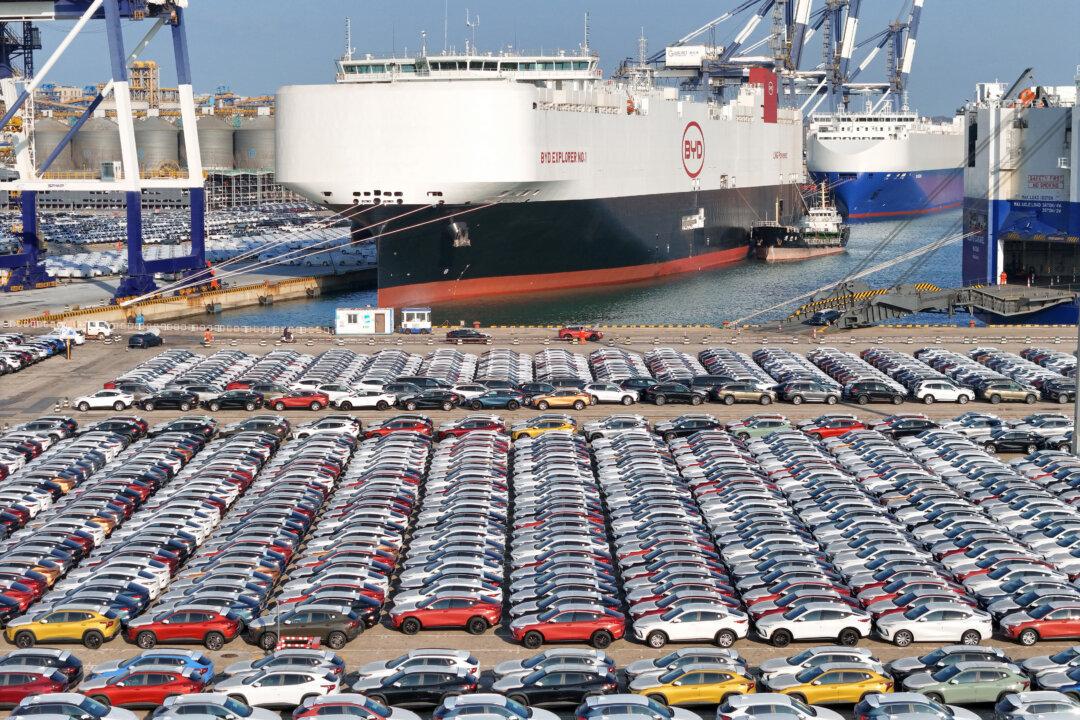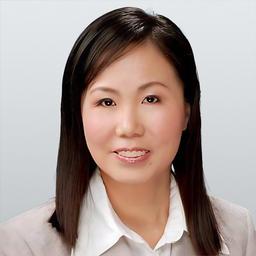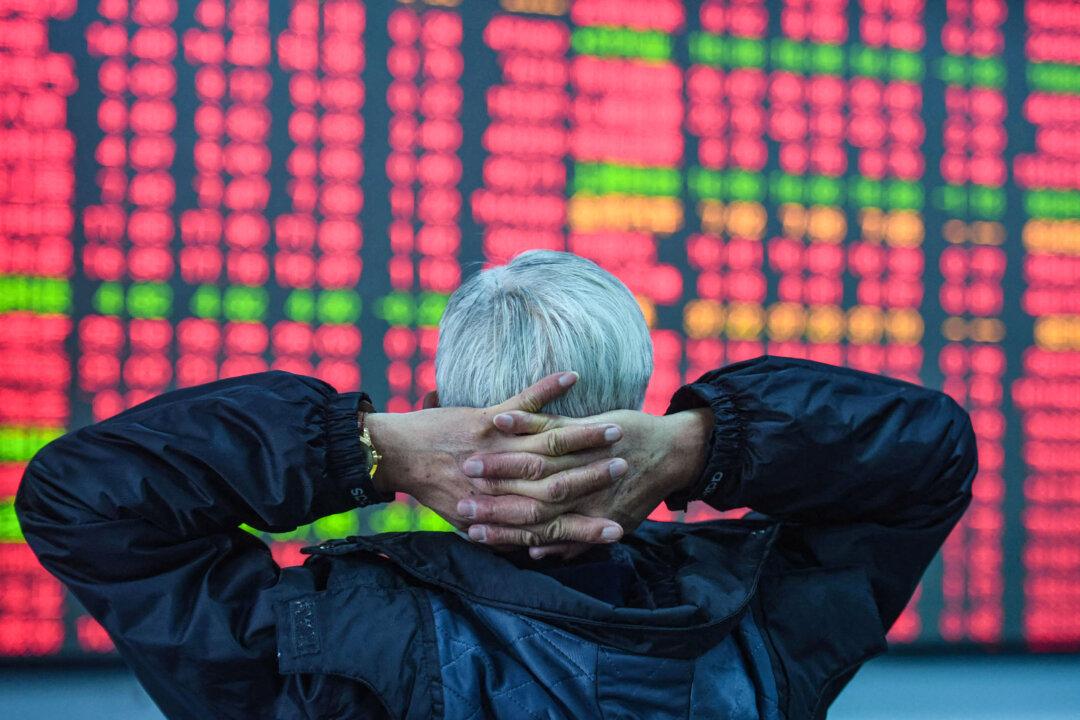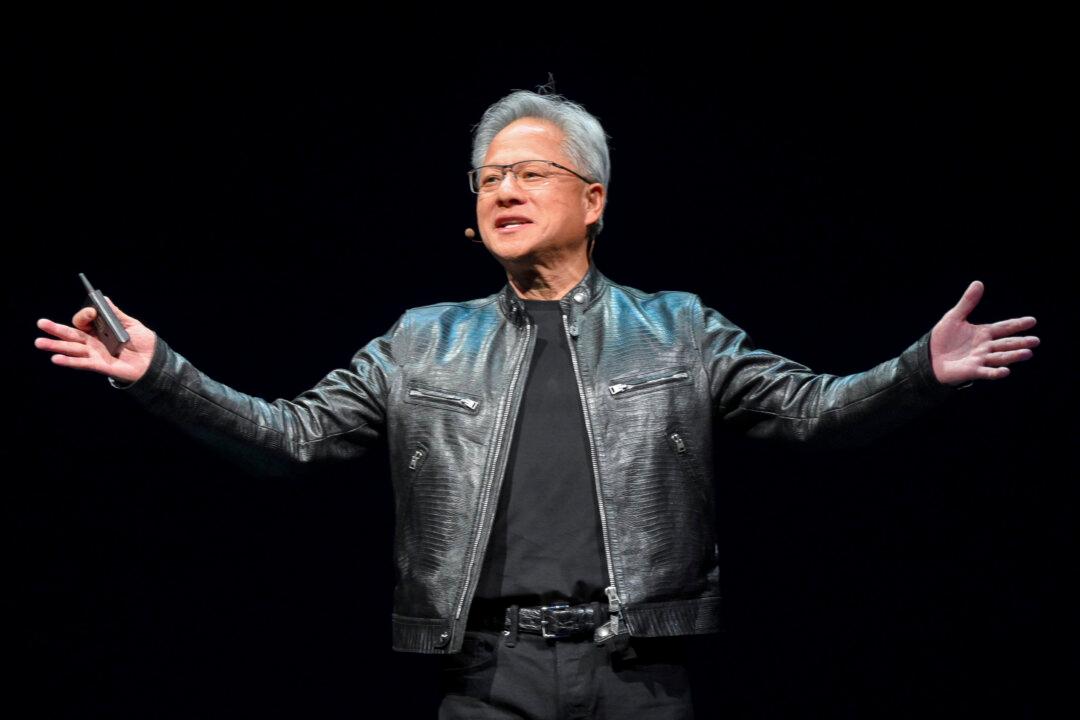Facing a critical challenge from overcapacity, China has resorted to exporting a significant volume of low-priced goods to international markets. Among these, electric vehicles (EVs), which receive substantial support from the Chinese regime, are the most notably affected products, leading to significant concerns globally.
To address the influx of these products, Japan and South Korea have aligned with the United States and European countries in adopting anti-dumping measures.
The Chinese regime’s use of huge state subsidies to lower the sales price of domestic EVs—referred to in China as new energy vehicles (NEVs)—in EU countries is seen as an unfair market distortion.
Japan’s Anti-Dumping Measures
On Feb. 26, the Japanese government issued an ordinance to extend anti-dumping duties on imports of electrolytic manganese dioxide (EMD) from China for another five years, until Feb. 25, 2029.Recognizing that Chinese manufacturers were dumping EMD, the Japanese government first imposed anti-dumping duties in September of 2008, with tariff rates ranging from 34.3 percent to 46.5 percent.
China’s auto exports surpassed Japan’s in 2023 and became the world’s largest, according to data released by the Japan Automobile Manufacturers Association on Jan. 31.
China exported 4.91 million vehicles last year, an increase of about 58 percent year-over-year.
Corporate consulting firm AlixPartners told the media that Beijing’s subsidies for pure electric and hybrid vehicles amounted to $57 billion between 2016 and 2022, a number that doesn’t include incentives from provincial and local governments.
Due to overcapacity in China’s electric vehicle production, a fierce price war for electric vehicles erupted in the Chinese market last year and spread overseas. With overwhelmingly competitive pricing, Chinese new energy giant BYD grew at an astounding pace. Last year, BYD’s electric vehicle deliveries surpassed those of Tesla, ranking first with a market share of 20.5 percent, while Tesla was second with 12.9 percent.
The Korean Market
In South Korea, Chinese electric vehicles have dominated the market for years. Chinese-made electric buses accounted for 54.1 percent of the Korean market last year, with a total of 1,522 units. Almost half of the electric trucks operating in Korea come from China, and over 90 percent of Korea’s electric vehicle battery imports are Chinese.On Feb. 6, Korea’s Ministry of Environment laid out a plan to reform EV subsidies in 2024. The most important feature of this reform is that it gives more subsidies to high-performance EVs and makes battery efficiency and recycling value the main criteria for subsidy payment.
The new program significantly reduces the subsidy for vehicles with Chinese lithium iron phosphate batteries, while the subsidy for EVs with Chinese batteries will be cut by up to 40 percent.
Lithium iron phosphate batteries (LFP) are low-cost; however, lithium is the sole metal that can be recycled from them post-use, making them less economical, more challenging to reuse, and more detrimental to the environment. In contrast, Korean-made lithium nickel manganese cobalt oxide batteries offer shorter charging times and longer driving ranges for the same capacity.
Industry analysts believe that Korea’s new subsidy is designed to align the country’s policies with the U.S. Inflation Reduction Act (IRA) and other foreign policies, all of which are aimed at restricting the dumping practices of China’s battery companies.
Previously, the U.S. IRA allowed EV buyers to receive up to $7,500 in subsidies, but the critical minerals contained in the EV battery must be extracted or processed in the United States or a country with which the United States has a free trade agreement, or be recycled in North America.
Bypassing Tariffs; Exploiting US IRA
To avoid high tariffs on EV imports that come directly from China, Chinese car companies are setting up factories in countries with trade agreements with the United States.For instance, BYD has announced plans to build factories in Thailand, Brazil, and Spain.
Recently, after news broke that BYD would open a plant in Mexico, the Alliance of American Manufacturers (AAM) warned the Biden administration, calling for Chinese automakers to be prevented from selling to the United States through Mexico because cheap cars backed by CCP policies and funds threaten the survival of U.S. automakers.
Under the U.S.–Mexico–Canada trade agreement (USMCA), Mexican-made vehicles and parts are eligible for preferential treatment and up to $7,500 in buyer subsidies for electric vehicles. Companies headquartered in China could potentially benefit from the USMCA by manufacturing vehicles and parts in Mexico. The AAM called on the U.S. government to close this “commercial back door.”
Flooding World Markets
The EV industry is just one aspect of China’s overcapacity problem. Many industries in China are struggling with overcapacity, and they are trying to dump their products on the international market.U.S. Treasury official Jay Shambaugh led a delegation of Treasury officials to China last month. Among the topics they discussed were Chinese subsidies that they believe add to China’s oversupply problem and make dumping a tempting prospect.
Mr. Shambaugh stressed that the United States is not the only one with concerns. “The rest of the world is going to respond, and they’re not doing it in a new anti-China way, they’re responding to Chinese policy.”
China expert Tang Jingyuan told The Epoch Times that using huge subsidies to support domestic production and enable the dumping of goods overseas is consistent with Chinese Communist Party (CCP) strategy. Mr. Tang is a senior commentator for NTD, The Epoch Times, and Sound of Hope.
“The CCP uses this method to dominate the market and to form a monopolistic dependence so that [the] CCP can gain more political bargaining chips as well as greater economic benefits,” he said.
Mr. Tang said that if the United States takes action against dumping, “the world will accelerate its economic decoupling from China this year ... The CCP’s own [actions] have caused China to be isolated from the free world, and its economy is in a steep decline.”
He feels that the CCP’s claim of “domestic circulation”—relying on domestic demand to boost its production and economy—is a pretext to deceive itself and others, after being abandoned by foreign investors.
“The fact that China is forced to dump its goods overseas to relieve the pressure of overcapacity has already demonstrated that the so-called ‘domestic circulation’ is a failure. But the external market that China’s economy needs is being cut off by the CCP itself,” Mr. Tang said.







